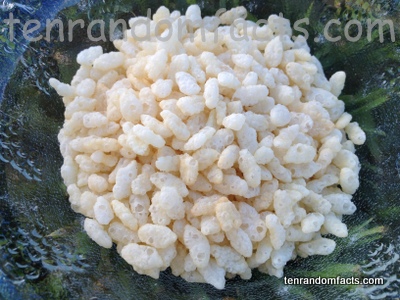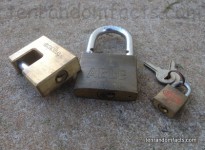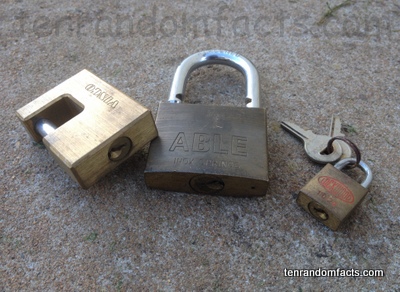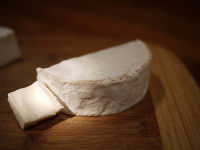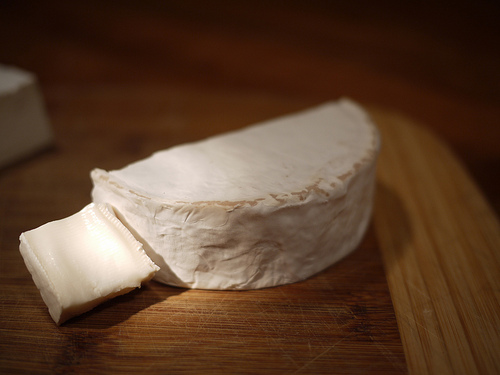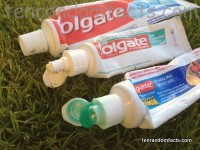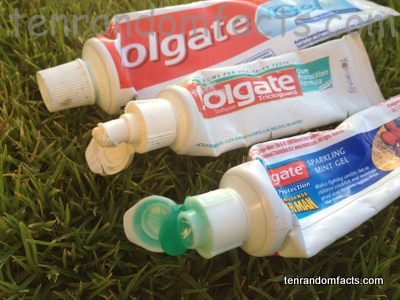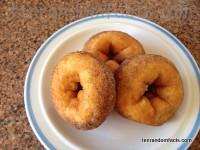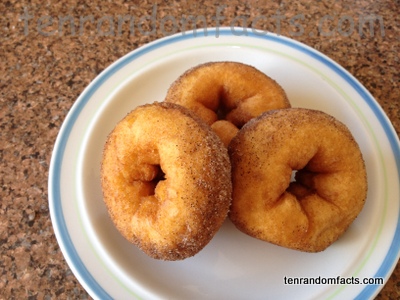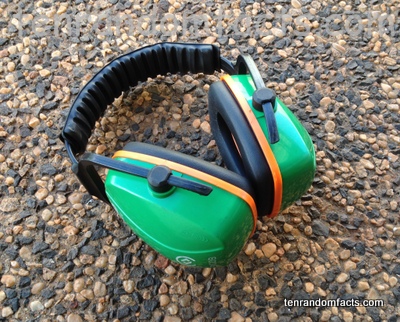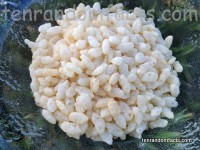
“Snap, Crackle, Pop” – notable slogan accompanying Kellogg’s puffed rice cereal.
- Puffed rice cereal is a crunchy cereal made primarily of rice that has been expanded, often using a combination of steam and heating methods, including an oven, or via the use of pressure.
- ‘Puffed rice cereal’ is also known as ‘rice pops’, ‘Rice Krispies’, ‘Rice Bubbles’, ‘pori’, and ‘muri’, depending on its use, origin and brand.
- Although it is a popular breakfast cereal in western countries, like the United States, Australia and the United Kingdom, puffed rice cereal is commonly adapted as a snack in many Asian countries, where it has been eaten for centuries in various forms.
- Puffed rice cereal was created and commercialised as a breakfast cereal in 1927, by either Clayton Rindlisbacker or Eugene McKay, both employees of Kellogg’s.
- The puffed rice cereal’s thin walls become weak when milk or other liquid is added, and this makes the popular noises ‘snap’, ‘crackle’ and ‘pop’ that the cereal is noted for.
- Puffed rice cereal is primarily made of rice, sugar and salt ingredients, and depending on the brand and its use, some flavourings and preservatives may be added.
- Puffed rice cereal has been released in numerous different flavours, and chocolate is particularly popular.
- Puffed rice cereal can be adhered together using other ingredients to make snack bars or party style food.
- In India, a version of puffed rice cereal is used traditionally as an ingredient in a snack for Hindu god offerings.
- Puffed rice cereal has little nutritional value, so vitamins and minerals are often added back in to improve the nutrition content of the product.
Bibliography:
Puffed Rice, 2014, Wikipedia, http://en.wikipedia.org/wiki/Puffed_rice
Rice Krispies, 2014, Wikipedia, http://en.wikipedia.org/wiki/Rice_Krispies




